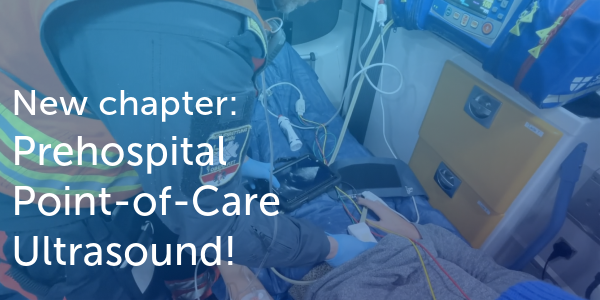11.6 Echo and Valvuloplasty

Symptomatic patients with clinically significant mitral stenosis are candidates for either mitral valve replacement or balloon valvuloplasty. Echocardiography plays an important role not only in determining whether the stenotic valve is suitable for valvuloplasty, but also as a monitoring procedure during the intervention, and to determine the effects of valvuloplasty.
Good immediate results for valvuloplasty (valve area > 1.5 cm² with no regurgitation) can be obtained in more than 80% of patients Indications for valvuloplasty or mitral valve replacement : Clinically significant MS (valve area < 1.5 cm² or < 1.8 cm² in unusually tall patients)Pre-evaluation for valvuloplasty should include exact assessment of the severity of mitral stenosis and the extent of pulmonary hypertension in order to compare these with post-procedural data.
The Wilkins score, which employs morphologic criteria, serves as a rough guide to determine the patient's suitability for valvuloplasty. The Wilkins score is based on a grading system for morphologic criteria of the mitral valve, with values ranging from 1 to 4. A score of < 9 is associated with a favorable result (MVA > 1.5 cm2).
Wilkins Score Leaflet mobility 1 point Highly mobile valve with restriction of only the leaflet tips 2 points Mid portion and base of leaflets have reduced mobility 3 points Valve leaflets move forward in diastole mainly at the base 4 points No or minimal forward movement of the leaflets in diastole Valvular thickening 1 point Leaflets near normal (4–5 mm) 2 points Mid leaflet thickening, pronounced thickening of the margins 3 points Thickening extends through the entire leaflets (5–8 mm) 4 points Extensive thickening and shortening of all chordae extending down to the papillary muscle Subvalvular thickening 1 point Minimal thickening of chordal structures just below the valve 2 points Thickening of chordae extending up to one third of chordal length 3 points Thickening extending to the distal third of the chordae 4 points Extensive thickening and shortening of all chordae extending down to the papillary muscle Valvular calcification 1 point A single area of increased echo brightness 2 points Scattered areas of brightness confined to leaflet margins 3 points Brightness extending into the mid portion of leaflets 4 points Extensive brightness through most of the leaflet tissue Three chamber view in a patient with mitral stenosis and subvalvular involvement Parasternal long axis view in a patient with mitral stenosis and hypermobile AMVL Four chamber view in a patient with mitral stenosis and thickening of the PMVL Parasternal long axis view of a patient with mitral stenosis and only mild calcification of the leafletsIn general, severely calcified valves (especially when the commissural regions are involved) and valves with strong involvement of the subvalvular apparatus are associated with a poor success rate.
If calcifications are present in the commissural region this is not good for valvuloplastyFurther exclusion criteria for valvuloplasty are the following:
- Moderate / severe mitral regurgitation
- Moderate / severe tricuspid regurgitation (these patients might benefit more from surgery, which permits additional annuloplasty of the tricuspid valve)
- Left atrial thrombus
Assessment during and after the intervention should include the exclusion of pericardial effusion, catheter perforation, postprocedural severity of mitral stenosis, severity of mitral regurgitation (anticipate regurgitation from the commissural regions), and the presence of iatrogenic ASD (transseptal puncture).
Parasternal long axis view of a patient with MR after valvulopasty Expect „more“ mitral regurgitation after the procedure11.7 General Remarks
It is quite easy to establish the diagnosis of mitral stenosis, but more difficult to determine its severity. To sharpen your skills you must practice planimetry. Make sure you use an integrative approach when looking at the patient's symptoms, the severity of pulmonary hypertension (which tends to correlate well with the patient's symptoms) and associated lesions, which may have great impact on quantification and treatment strategies. Do not forget that you are examining patients at rest, and that gradients and the degree of pulmonary congestion may rise significantly during exercise or in situations where flow is increased. Finally, also use echocardiography in deciding whether or not to initiate anticoagulation therapy (severity of mitral stenosis, size of the atrium, slow flow in the atrium, the presence of thrombus).
